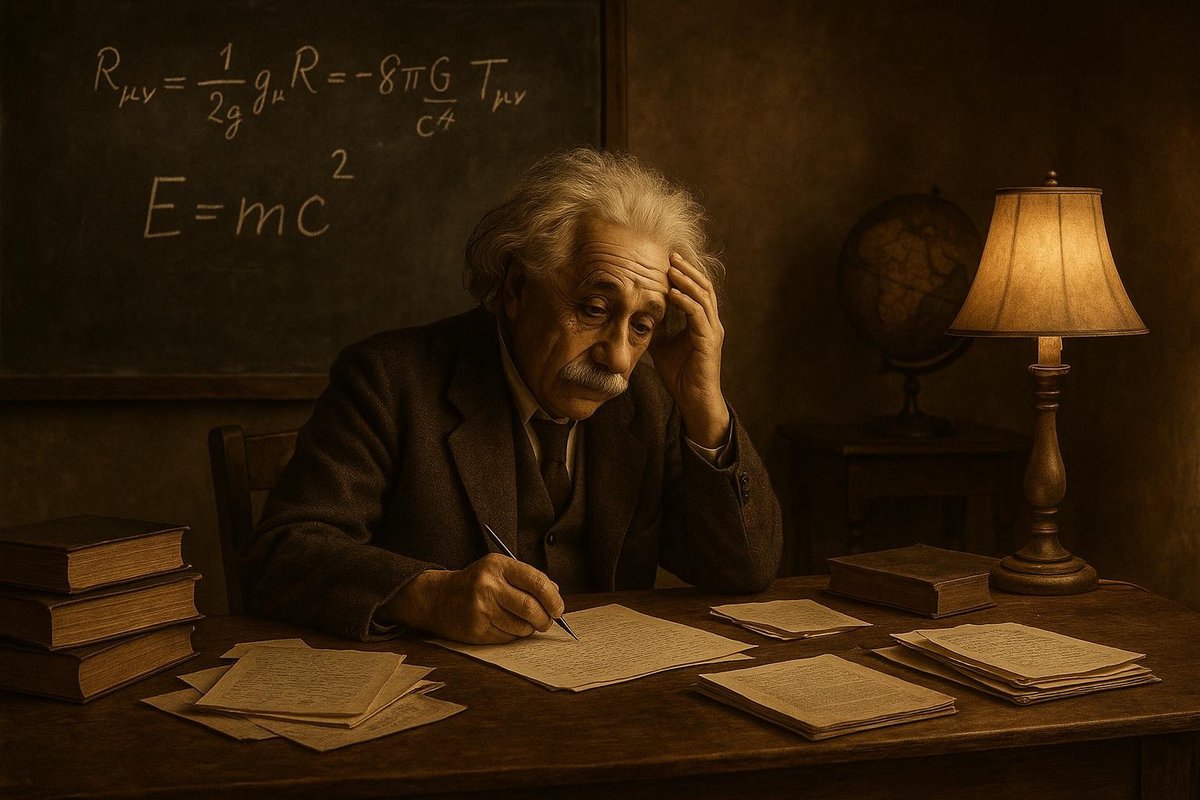
A Mysterious Universe: Why Time Bends with Speed
Imagine you are holding a clock while traveling near the speed of light. Interestingly, time on your clock ticks slower compared to a stationary observer’s clock. How can this be? This peculiar phenomenon, known as time dilation, forms a cornerstone of Albert Einstein’s Theory of Relativity. As we delve into this profound idea, we must explore the era that shaped its conception. The early 20th century was a period of rapid technological and industrial advancements, and Einstein sought to bridge the gaps in our understanding of the universe through his relentless pursuit of a unified theory.
The Problem Context: A World Divided by Physics
In the early 1900s, physics was fragmented, with classical mechanics governed by Newtonian principles and electromagnetism by Maxwell’s equations. These two pillars seemed incompatible under extreme conditions. Einstein, born in 1879 in a rapidly modernizing Europe, found this division unsatisfactory. His intellectual curiosity was piqued by unresolved issues in these theories.
- Newton’s laws couldn’t explain the behavior of light or account for the speed of light being constant for all observers.
- Maxwell’s equations suggested that light’s speed should vary based on the observer’s motion, contradicting experimental evidence.
- The famous Michelson-Morley experiment in 1887 failed to detect a change in the speed of light, sparking debates about the nature of light and space.
In this environment of intellectual unrest, Einstein’s thought process was characterized by a blend of rigorous logical analysis and imaginative thought experiments. He pondered: Could a single framework reconcile these contradictions?
The Theoretical Breakthrough: Einstein’s Elegant Solution
Albert Einstein, a patent clerk in Bern, Switzerland, published his groundbreaking paper on the Special Theory of Relativity in 1905. This theory fundamentally redefined concepts of space and time, merging them into a four-dimensional continuum known as spacetime.
- Einstein postulated that the laws of physics are the same for all non-accelerating observers, introducing the principle of relativity.
- He proposed that light travels at a constant speed in a vacuum, irrespective of the observer’s motion, a daring idea which reshaped the scientific landscape.
- Time and space, he asserted, are not absolute but relative, linked to the observer’s frame of reference.
This was not just a theoretical endeavor; it showed how interconnected the universe truly is. Einstein’s relentless intellectual pursuit was fueled by a desire to see beyond the fragmented view of his time, envisioning a unified theory of the cosmos.
Supporting Evidence: Observations and Experiments
Einstein’s theories were not immediately accepted. However, as evidence accumulated, the scientific community began to embrace relativity. One of the most famous validations came during the solar eclipse of 1919, when Arthur Eddington’s expedition confirmed the bending of light around the sun, a prediction of Einstein’s General Theory of Relativity.
- This observation lent substantial credence to relativity, demonstrating the curvature of spacetime by massive bodies.
- Further experiments, such as the Hafele-Keating experiment in 1971, confirmed time dilation by comparing atomic clocks flown around the world with those on the ground.
- Albert Michelson, the same scientist who had once failed to detect the ether, later verified relativity through precise measurements of light’s speed.
These observations underscored the robustness of Einstein’s theories, reshaping our understanding of reality and cementing his place in scientific history.
Modern Relevance: Einstein’s Legacy in Today’s World
Today, Einstein’s Theory of Relativity remains a cornerstone of modern physics, influencing diverse fields from cosmology to technology. GPS systems, for example, account for time dilation to provide accurate location data, a direct application of relativity principles in daily life.
- The theory continues to inspire scientific exploration at the frontier of quantum mechanics and black hole research.
- Einstein’s quest for unification persists in the ongoing search for a Theory of Everything, combining quantum mechanics with relativity.
- His intellectual legacy encourages scientists to question assumptions and explore the fundamental nature of the universe.
As time goes on, Einstein’s pioneering spirit and his unyielding curiosity serve as a beacon, reminding us to challenge boundaries and seek coherence in understanding the cosmos.
Fuel Someone Else’s Curiosity
If you’ve been inspired by Einstein’s relentless pursuit of knowledge, consider sharing this journey with others. Discuss it with friends over a cup of coffee, or post about it on social media. You might just fuel someone else’s curiosity and spark a new wave of exploration. After all, the quest to understand the universe is a shared human endeavor, one that continues to unfold in fascinating and unpredictable ways.

Leave a Reply